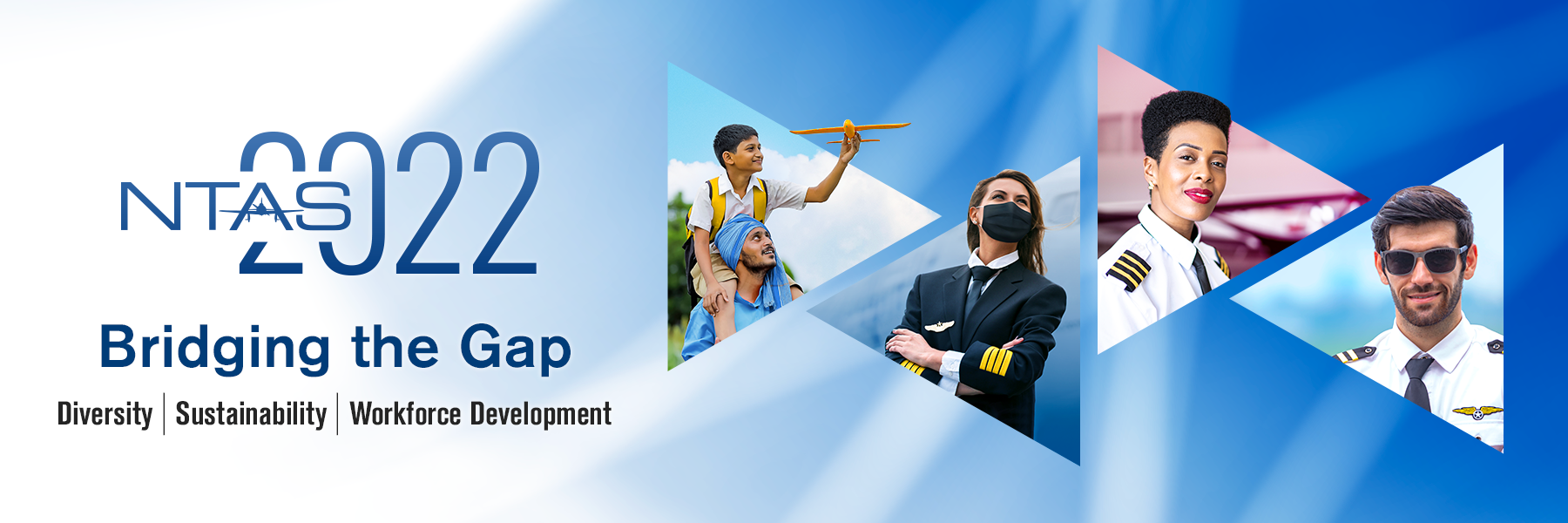Presenter Email
todd.lisak@alpa.org
Keywords
air carrier training, supply, recruitment
Abstract
The route to airline recovery following the global COVID-19 pandemic is flush with opportunity for airlines, unions, and regulators to work together within current regulatory structures to recruit the next generation of aviation professionals, while continuing to ensure they are properly trained, qualified and mentored for safe flight operations. As an industry we have raised interest in pursuing aviation, but more still should be done.
The pace of the recovery from the pandemic induced reductions in air travel is testing United States pilot training and recruitment systems.
The reductions in air travel at the beginning of the pandemic led to extended leaves, early retirements, as well as seat and aircraft transitions of existing pilots and instructors. In many cases air carriers are now struggling to keep up with the extensive requalification training of them fast enough to accommodate the precipitous increase in passenger air travel.
In addition, the need to hire new pilots and instructors is exacerbating the air carrier training department capacity challenges. In some cases, these heavy loads on air carrier training departments are leading to long delays during training, and even retraining due to the excessive delays, adding to the training capacity challenges.
This presentation will focus on solutions to safely meet that need with a diverse supply of qualified pilots. This presentation will provide the audience insight into the unique perspectives from human factors, training, and pilot supply experts from the world's largest pilot union on the current state of pilot training, supply and recruitment.
Included in
Air Carrier Pilot Training, Supply & Recruitment Challenges
The route to airline recovery following the global COVID-19 pandemic is flush with opportunity for airlines, unions, and regulators to work together within current regulatory structures to recruit the next generation of aviation professionals, while continuing to ensure they are properly trained, qualified and mentored for safe flight operations. As an industry we have raised interest in pursuing aviation, but more still should be done.
The pace of the recovery from the pandemic induced reductions in air travel is testing United States pilot training and recruitment systems.
The reductions in air travel at the beginning of the pandemic led to extended leaves, early retirements, as well as seat and aircraft transitions of existing pilots and instructors. In many cases air carriers are now struggling to keep up with the extensive requalification training of them fast enough to accommodate the precipitous increase in passenger air travel.
In addition, the need to hire new pilots and instructors is exacerbating the air carrier training department capacity challenges. In some cases, these heavy loads on air carrier training departments are leading to long delays during training, and even retraining due to the excessive delays, adding to the training capacity challenges.
This presentation will focus on solutions to safely meet that need with a diverse supply of qualified pilots. This presentation will provide the audience insight into the unique perspectives from human factors, training, and pilot supply experts from the world's largest pilot union on the current state of pilot training, supply and recruitment.



Comments
Presented in Session 1 A - Insights & Solutions to the Pilot Shortage